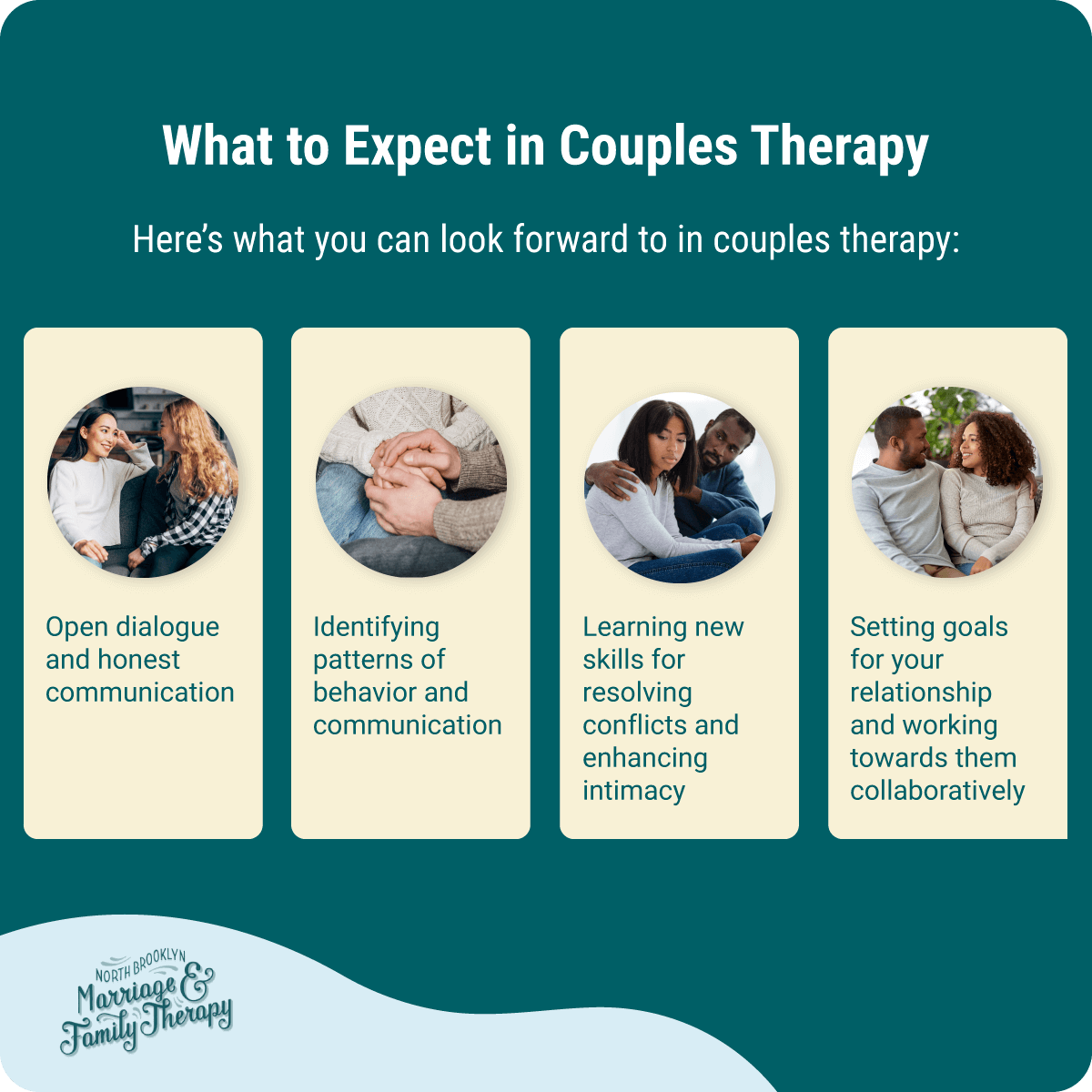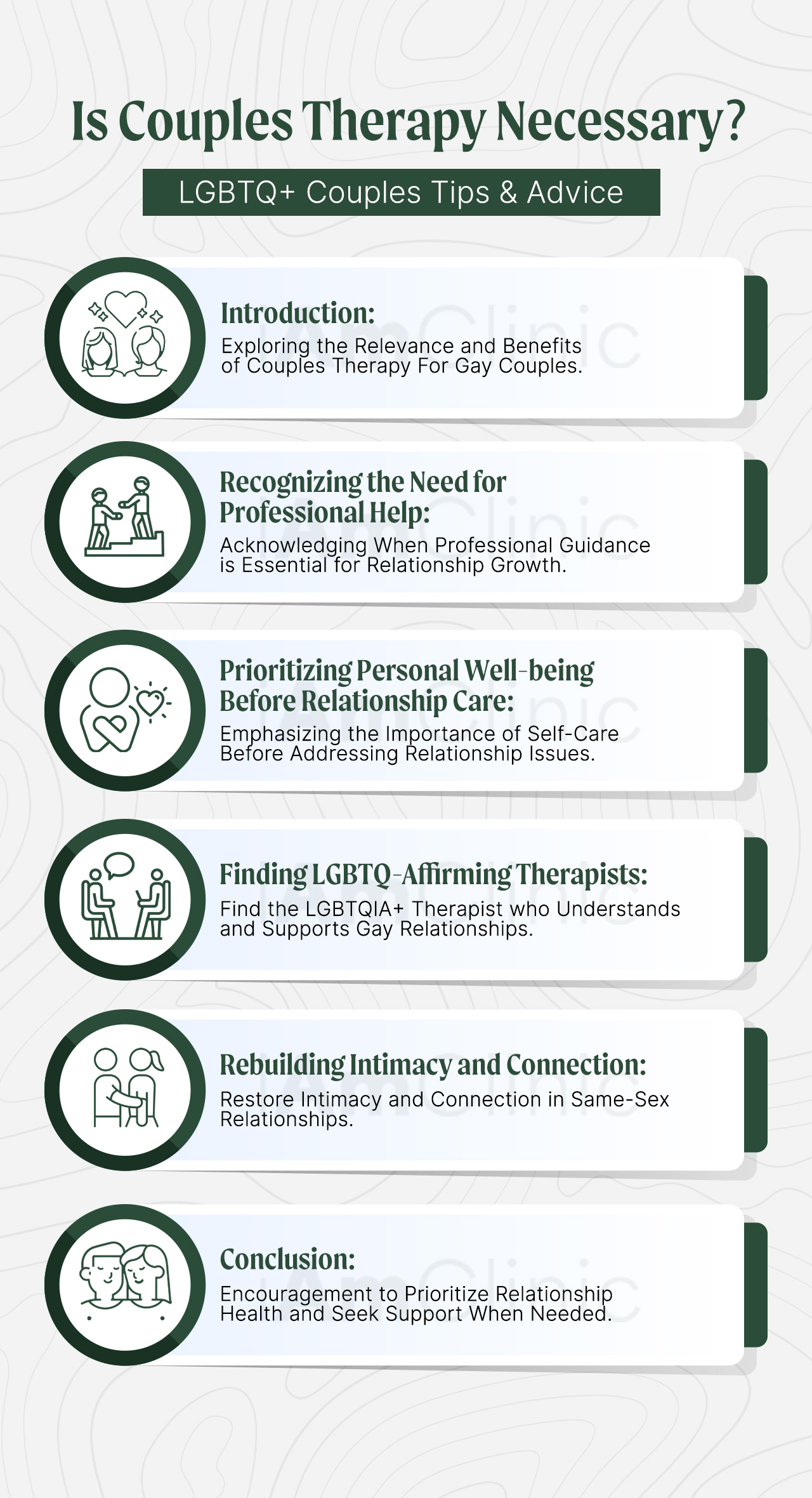The Best Guide To Aim Point Counseling
Aim Point Counseling - An Overview
Table of ContentsGetting The Aim Point Counseling To WorkAim Point Counseling Things To Know Before You Buy3 Easy Facts About Aim Point Counseling DescribedThe smart Trick of Aim Point Counseling That Nobody is Talking AboutHow Aim Point Counseling can Save You Time, Stress, and Money.Not known Facts About Aim Point Counseling
The longitudinal design entails a pre-treatment survey and 2 follow-up surveys at 3- and 12-months post-intervention. The research is embeded in 8 Relationships Australia Victoria centres, throughout city, external suburbs, and regional/rural websites. Relationships Australia, a non-government organisation, is the biggest copyright of couple coaching and relationship services in Australia.
These high prices of partnership failure have actually been constantly connected with negative health effects for both grownups and youngsters following divorce/separation.
More About Aim Point Counseling
The results of divorce and splitting up can be destructive, research suggests that high relationship dissonance in intact pairs is additionally likely to have unfavorable results.
Variables that affect the outcomes of these services need extensive examination. Study to date has identified both couple and private variables that might add to partnership discord. These include relationship fulfillment and dedication at the pair level, and anxiety at the private degree. Durable study to examine relationship-enhancing treatments in the neighborhood are scarce.
Aim Point Counseling - An Overview
As a result, while most research studies show enhancements in partnership contentment complying with couple coaching, they are limited by the examples and measures utilized, mainly temporary follow-up timespan, and evaluations that do not make up the dyadic nature of couple data. Partnership dedication, based upon actions such as the Dedication Stock (CI) [19], is one more typically explored partnership result.
To summarise, research indicates that couple-specific variables along with private aspects might anticipate the results of pair coaching and connection services. The causal direction of these partnerships, nevertheless, is less clear. These monitorings are very important, considering that, to validate and guide the application of partnership solutions such as couple coaching, empirical proof needs to explore both the end results of relationship solutions and the elements that predict effective therapy.
Therefore, there is an expanding consensus that efficiency research studies ought to be complemented by effectiveness research study to best inform professional method [ 29] The minimal efficiency study that exists to date recommends that couple therapy can boost results such as partnership fulfillment [33,43], communication skills and basic well-being [44], a minimum of in some European nations.

We presently know little regarding the accounts of pairs that seek connection education and learning compared to those who seek connection coaching, or the end results of these programs. However, anecdotal evidence suggests that there may be significant distress among at the very least some pairs looking for partnership education and learning. Partnership education and learning programs differ from pair coaching as they are generally highly structured, conducted in groups, and concentrate on a combination of 4 elements; understanding, comments, cognitive modification, and skills training [45]
Getting The Aim Point Counseling To Work
Comments involves participants finishing questionnaires regarding their connection (e.g. measures of interpersonal troubles), and receiving information on what their scores suggest. Cognitive-behavioural methods advertise transforming cognitions to facilitate favorable relationships.
These impacts have persisted for approximately 4 years in some studies [47] These meta-analyses highlight restrictions in the existing literary works on connection education and learning. Particularly, most of studies entailed couples from top socio-economic histories that were not experiencing high relationship disharmony [47,48] This example account might not stand for clients that generally offer for relationship education.
The Ultimate Guide To Aim Point Counseling

Extremely little research has actually taken a look at the comparative advantages of couple coaching and connection education programs. As customers are likely to self-select into these solution types, it is unclear whether particular relationship distress accounts present per service kind, or certainly whether there is a communication between offering profile, solution kind and result.
(https://dzone.com/users/5298430/a1mpoint.html)
Thus, we have consisted of a 12-month follow-up to assess longer-term trends and impacts.
For that reason, we propose to use multi-level statistical modelling procedures that control for the inter-dependence of couple data to assess any therapy impacts. The specific purposes of the ECC research are to: 1. Map profiles of clients seeking community agency-based couple therapy vs. connection enhancement programs in terms of socio-demographic and connection signs (such as connection complete satisfaction, connection dedication, interpersonal problems, and factors for going to), in addition to health (such as anxiety, general wellbeing) and health and wellness solution usage (eg.
Determine whether pair coaching and connection education services improve 3- and twelve-month results for relationship contentment, commitment, and clinical depression, using statistical analyses proper to couple christian marriage counseling information. couples counseling. Identify the loved one payments of client factors (specific and pair) and therapy/education factors to outcomes at 3- and 12-months, and to sustainability of results over time.
The Ultimate Guide To Aim Point Counseling
Multi-level modelling to determine pre-post differences, controlling for dyadic (couple) level. To add to the literary works analyzing the effectiveness of community-based couple therapy. The results will certainly assist clinical decision-making in community-based relationship solution setups, and professional training. 3. To identify the family member payments of client/couple and treatment variables to end results at 3- and 12-months, and to sustainability of outcomes with time.